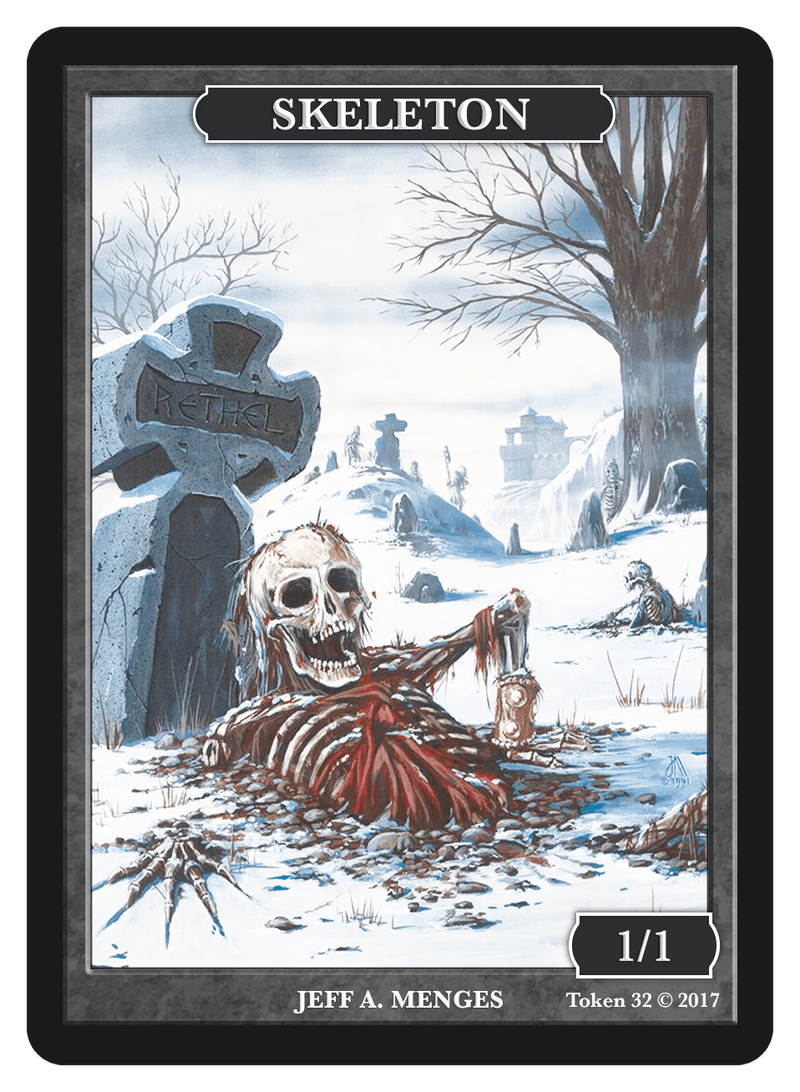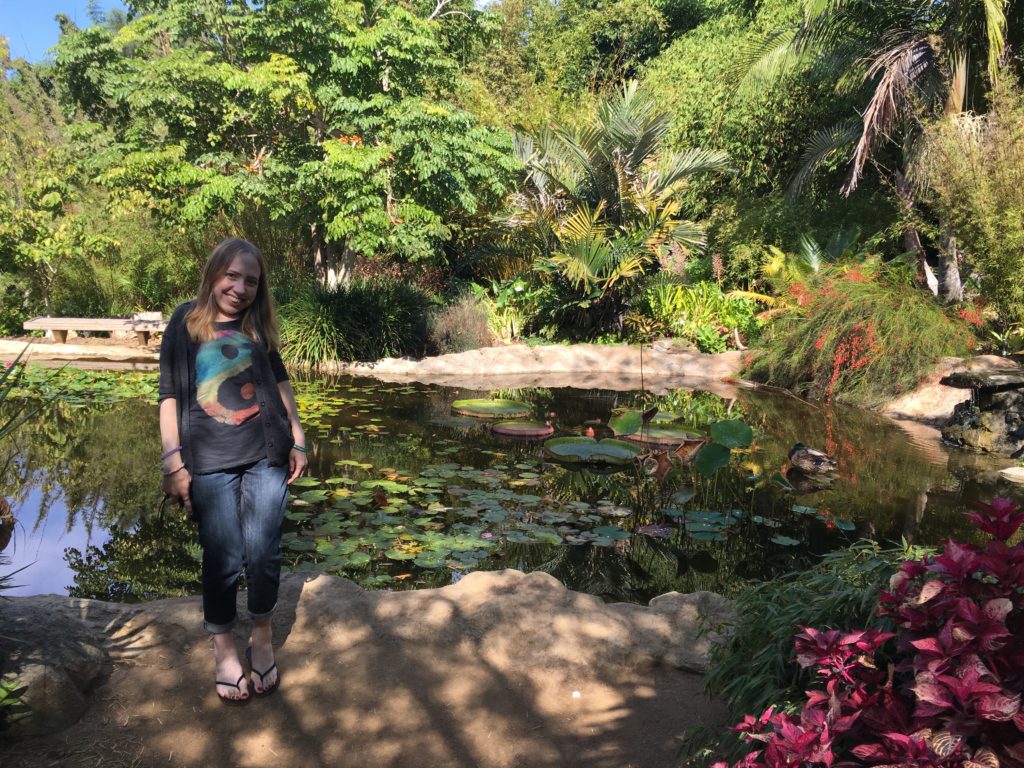

In medieval Spain, people would bring bring wine and pan de ánimas (spirit bread) to the graves of their loved ones on All Souls Day they would also cover graves with flowers and light candles to illuminate the dead souls’ way back to their homes on Earth. Some of these customs survived even after the rise of the Roman Catholic Church, which (unofficially) adopted them into their celebrations of two Catholic holidays, All Saints Day and All Souls Day, celebrated on the first two days of November. In ancient Europe, pagan celebrations of the dead also took place in the fall, and consisted of bonfires, dancing and feasting. READ MORE: What Are the Origins of the Day of the Dead? Day of the Dead vs.

The Aztecs and other Nahua people living in what is now central Mexico held a cyclical view of the universe, and saw death as an integral, ever-present part of life.

The roots of the Day of the Dead, celebrated in contemporary Mexico and among those of Mexican heritage in the United States and around the world, go back some 3,000 years, to the rituals honoring the dead in pre-Columbian Mesoamerica. The spirits of adults can do the same on November 2. According to tradition, the gates of heaven are opened at midnight on October 31 and the spirits of children can rejoin their families for 24 hours. While October 31 is Halloween, November 2 is All Souls Day or the Day of the Dead. A blend of Mesoamerican ritual, European religion and Spanish culture, the holiday is celebrated each year from October 31-November 2. The Day of the Dead (el Día de los Muertos), is a Mexican holiday where families welcome back the souls of their deceased relatives for a brief reunion that includes food, drink and celebration.


 0 kommentar(er)
0 kommentar(er)
